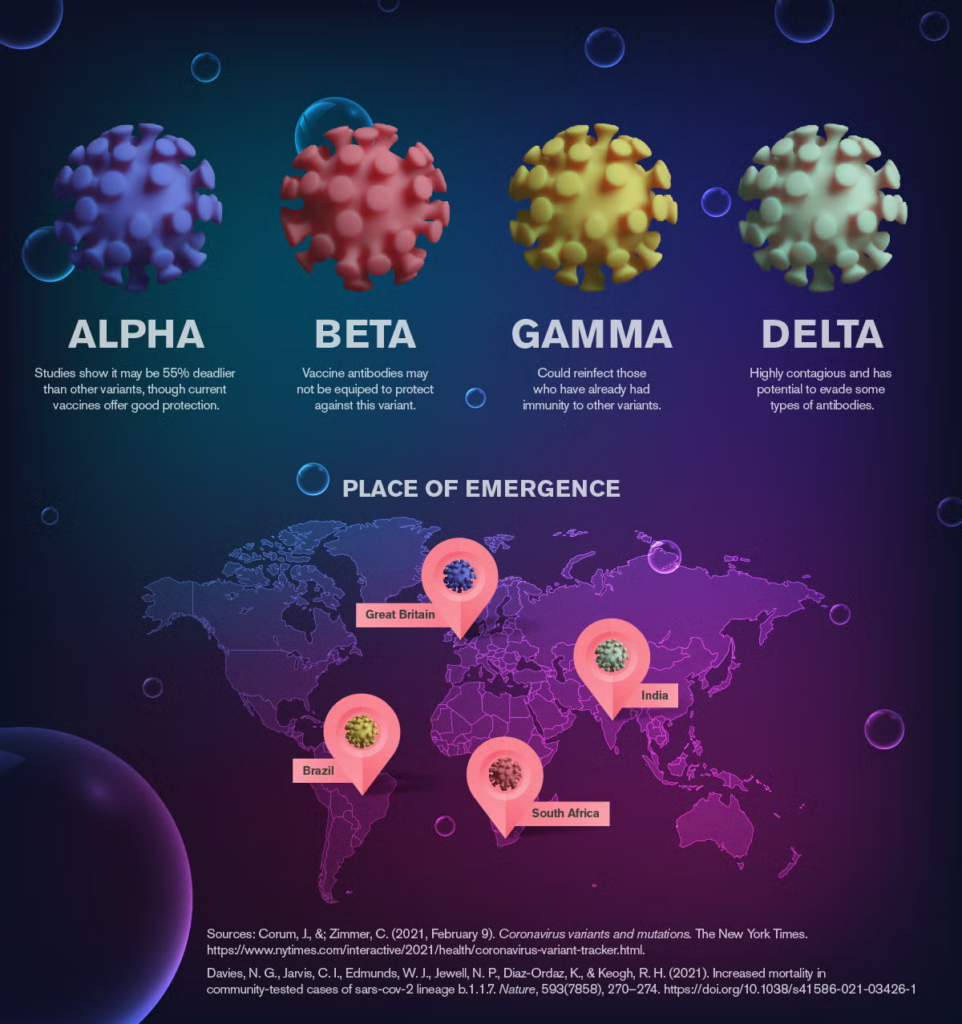Navigating the XEC COVID-19 Variant: Transmission and Water Safety
By Finlay Gilkinson – 11/04/2025
As we progress through 2025, the COVID-19 landscape continues to evolve with the emergence of new variants. The latest to garner global attention is the XEC variant, a recombinant strain derived from Omicron sub lineages KS.1.1 and KP.3.3. First identified in Germany in mid-2024, XEC has rapidly become the predominant strain in several regions, including the United States.

Understanding the XEC Variant
XEC’s rise to dominance is attributed to its enhanced transmissibility and potential immune evasion capabilities. While its symptoms mirror those of previous COVID-19 strains—such as fever, cough, and fatigue—there’s no current evidence suggesting it causes more severe illness . However, its rapid spread underscores the importance of continued vigilance and adherence to public health measures.
Transmission Through Drinking Water: Assessing the Risks
A common concern with emerging variants is the potential for new transmission routes. Specifically, can XEC be transmitted through drinking water?
Current scientific consensus indicates that SARS-CoV-2, including its variants like XEC, is not transmitted via drinking water. Studies have consistently shown that the virus has not been detected in treated drinking water supplies. Standard water treatment processes, including filtration and disinfection, are effective in removing or inactivating the virus .
While traces of viral RNA have been found in untreated wastewater, there’s no evidence to suggest that this poses a risk to drinking water safety. The primary transmission routes for COVID-19 remain respiratory droplets and aerosols, emphasizing the importance of mask-wearing, physical distancing, and ventilation in indoor spaces .
Conclusion
The emergence of the XEC variant highlights the dynamic nature of the COVID-19 pandemic. While it presents challenges due to its increased transmissibility, current evidence does not indicate a change in transmission routes, particularly concerning drinking water. Maintaining robust public health measures and staying informed through credible sources remain our best strategies in navigating this evolving situation.
Ready to find the perfect job?
Our team of experts work with an extensive network of employers. Submit your CV to ensure you’re a part of our network of talented candidates and we’ll make you aware of opportunities before they are even posted.
